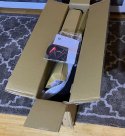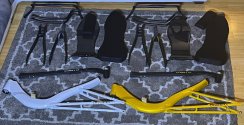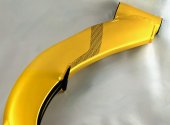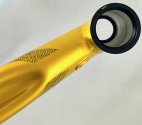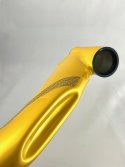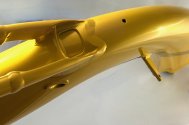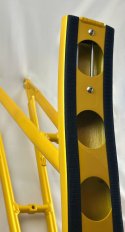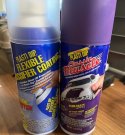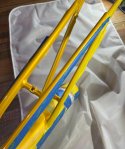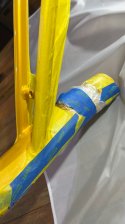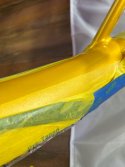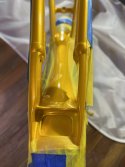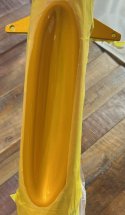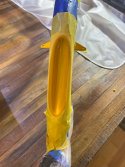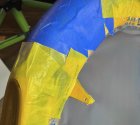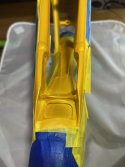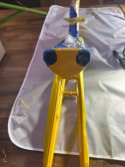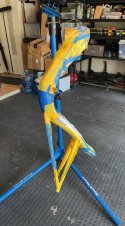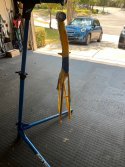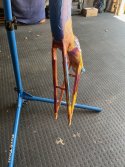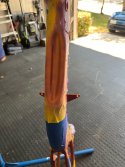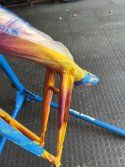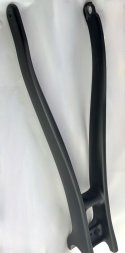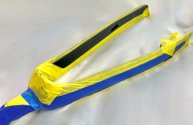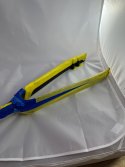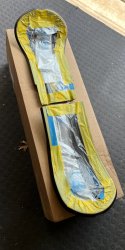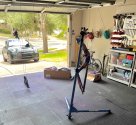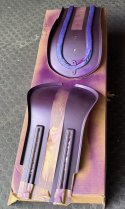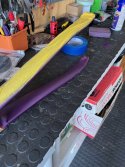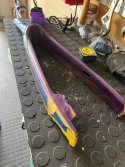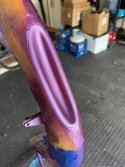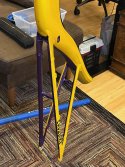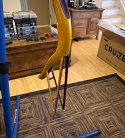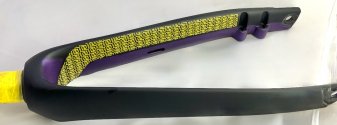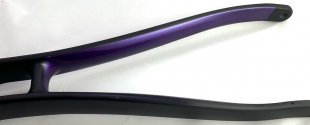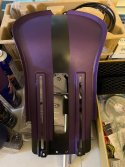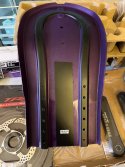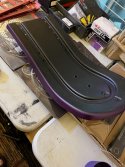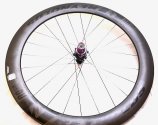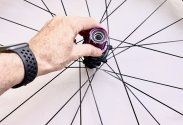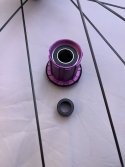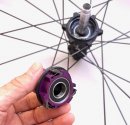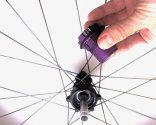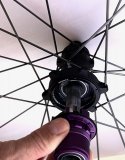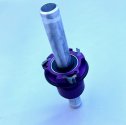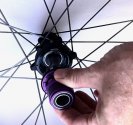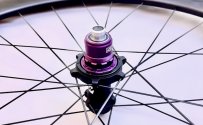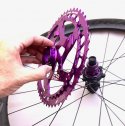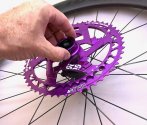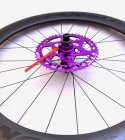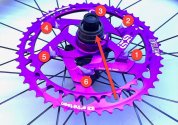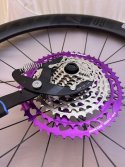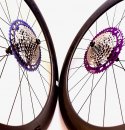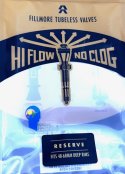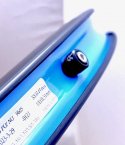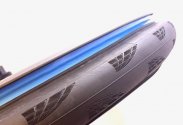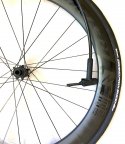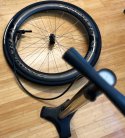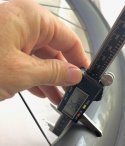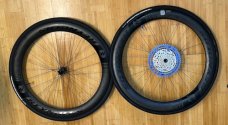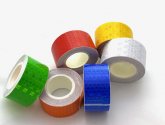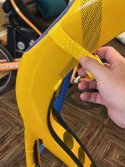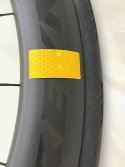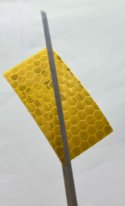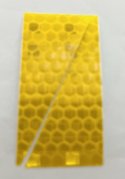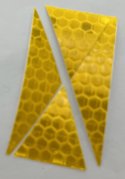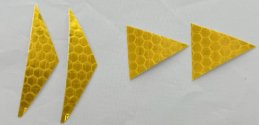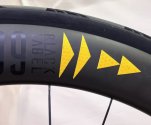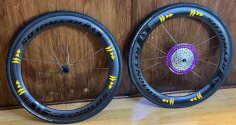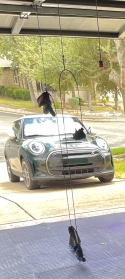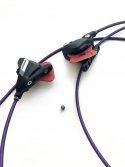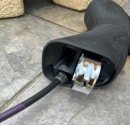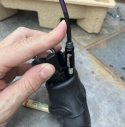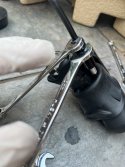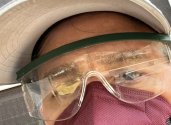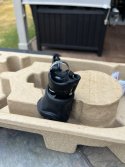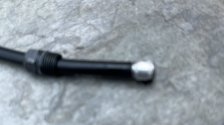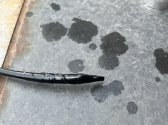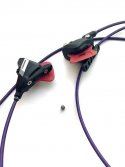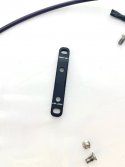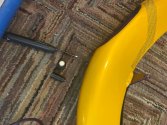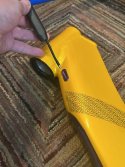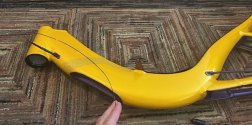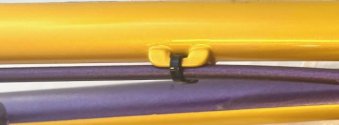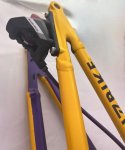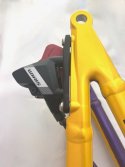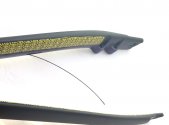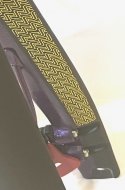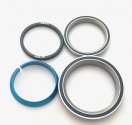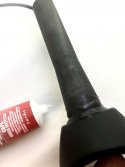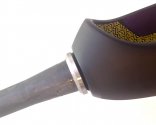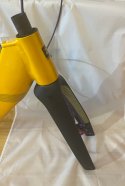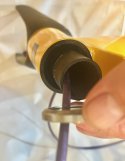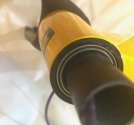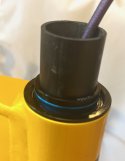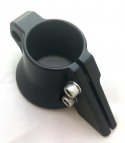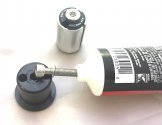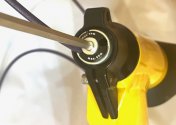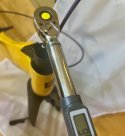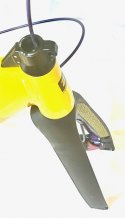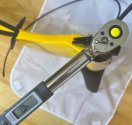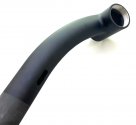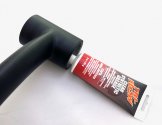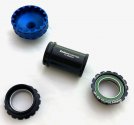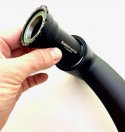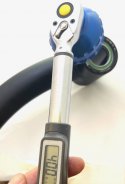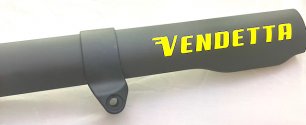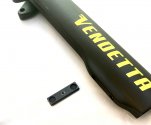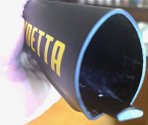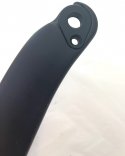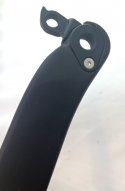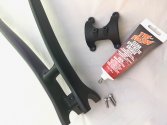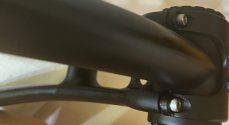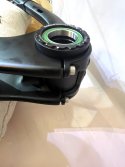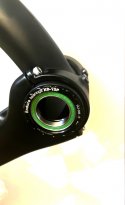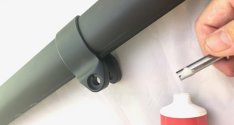ratz
Wielder of the Rubber Mallet
Create a User account on the forum to see the hires version of the photos
Ok the time has come to do it yet again. All the parts have rolled in minus two..
I am going to build a Qty 2 V20cs with detailed photo documentation over the next Month.
Disclaimer: A new disclaimer this time; I don't think your bike shop an do it cheaper or easier because everything is so much better now that it's easy to do by yourself so save you cash and learn to do the easy stuff.
One of the initial posts will again be the bill of materials and links to the best prices I had time to locate so that others can leverage my info to do better in the future. Found some new suppliers that I really like this time around.
Once again, I also promise there will be some simply unnecessary high-end parts used because it is fun, and I want to play with them. Let's hope none of them are miserable failures.
On tap for this go round "SRAM AXS" Wireless shifting, 1x12 tech, XDR free hubs, Hydraulic Disk Brakes, Carbon Wheels, Carbon Booms, Carbon Seats all the carbon all the time.... oh my....
Technically some of this is familiar because this is all based on all that came before but I'm going to attempt to slow down and show all the details for those that are joining the community and haven't read posts from 6-7 years ago.
Same as last time, we'll try and keep comments off the main build section of the thread so that it can be printed for reference. Please put comments and questions in the thread:https://forum.cruzbike.com/threads/...cts-from-the-now-a-v20c-design-journal.15224/ at least until this thread is done.
The thread will be mirrored at BROL for those that prefer to read over there, I'l start that once The main photos start rolling in.
So with that.......
Ok the time has come to do it yet again. All the parts have rolled in minus two..
I am going to build a Qty 2 V20cs with detailed photo documentation over the next Month.
Disclaimer: A new disclaimer this time; I don't think your bike shop an do it cheaper or easier because everything is so much better now that it's easy to do by yourself so save you cash and learn to do the easy stuff.
One of the initial posts will again be the bill of materials and links to the best prices I had time to locate so that others can leverage my info to do better in the future. Found some new suppliers that I really like this time around.
Once again, I also promise there will be some simply unnecessary high-end parts used because it is fun, and I want to play with them. Let's hope none of them are miserable failures.
On tap for this go round "SRAM AXS" Wireless shifting, 1x12 tech, XDR free hubs, Hydraulic Disk Brakes, Carbon Wheels, Carbon Booms, Carbon Seats all the carbon all the time.... oh my....
Technically some of this is familiar because this is all based on all that came before but I'm going to attempt to slow down and show all the details for those that are joining the community and haven't read posts from 6-7 years ago.
Same as last time, we'll try and keep comments off the main build section of the thread so that it can be printed for reference. Please put comments and questions in the thread:https://forum.cruzbike.com/threads/...cts-from-the-now-a-v20c-design-journal.15224/ at least until this thread is done.
The thread will be mirrored at BROL for those that prefer to read over there, I'l start that once The main photos start rolling in.
So with that.......

